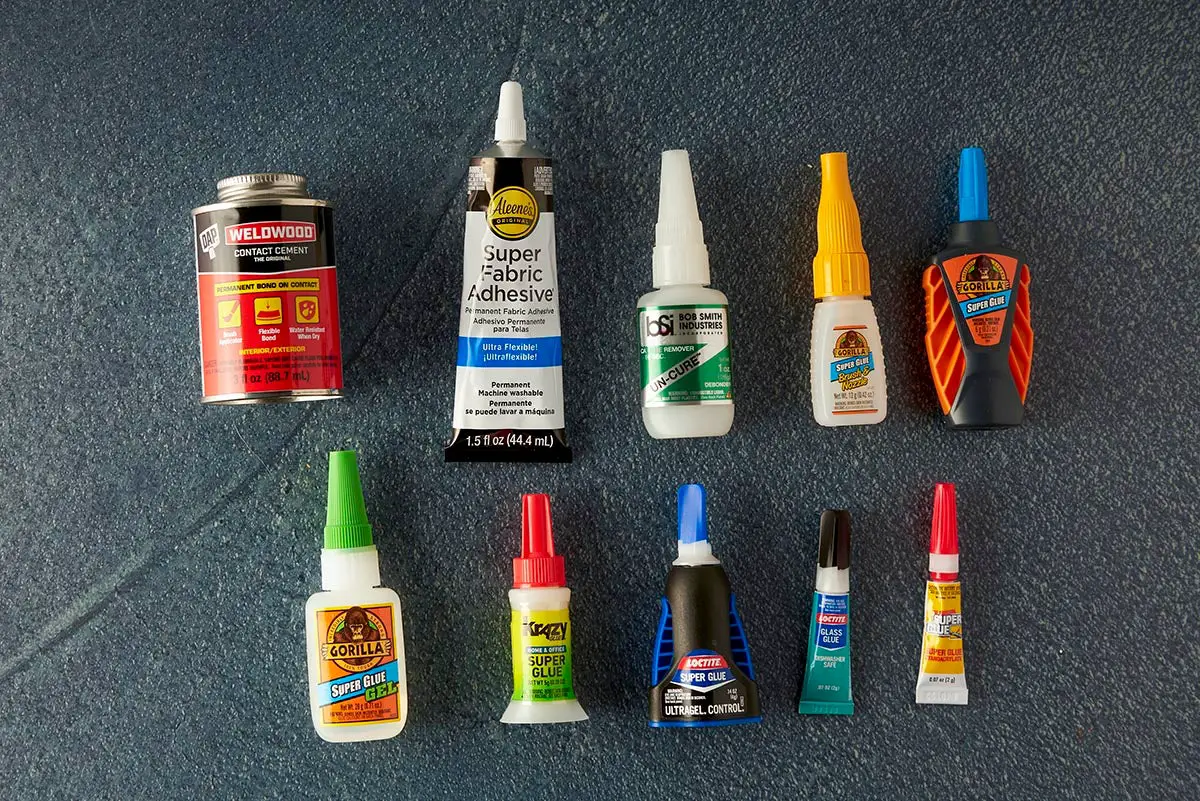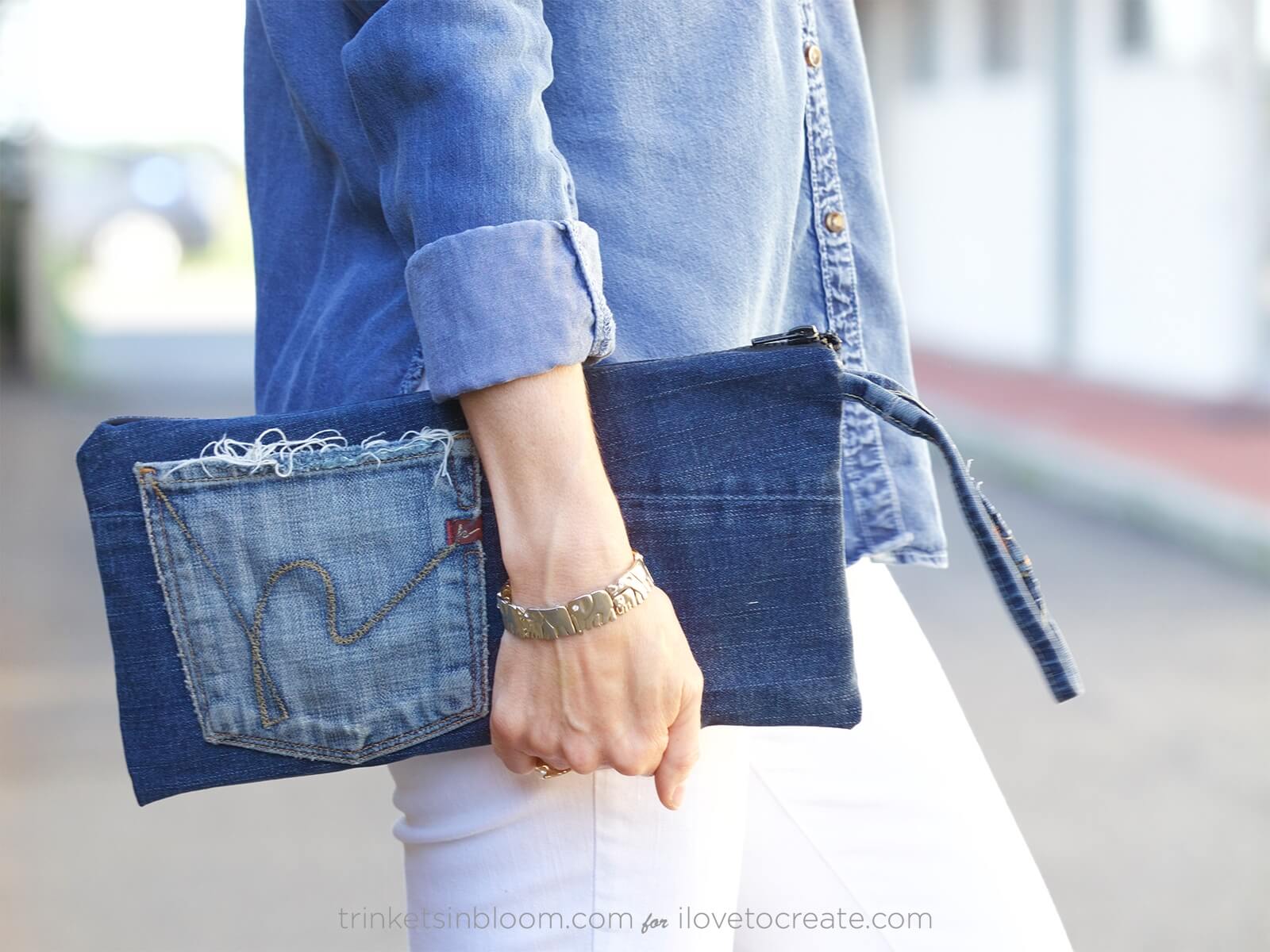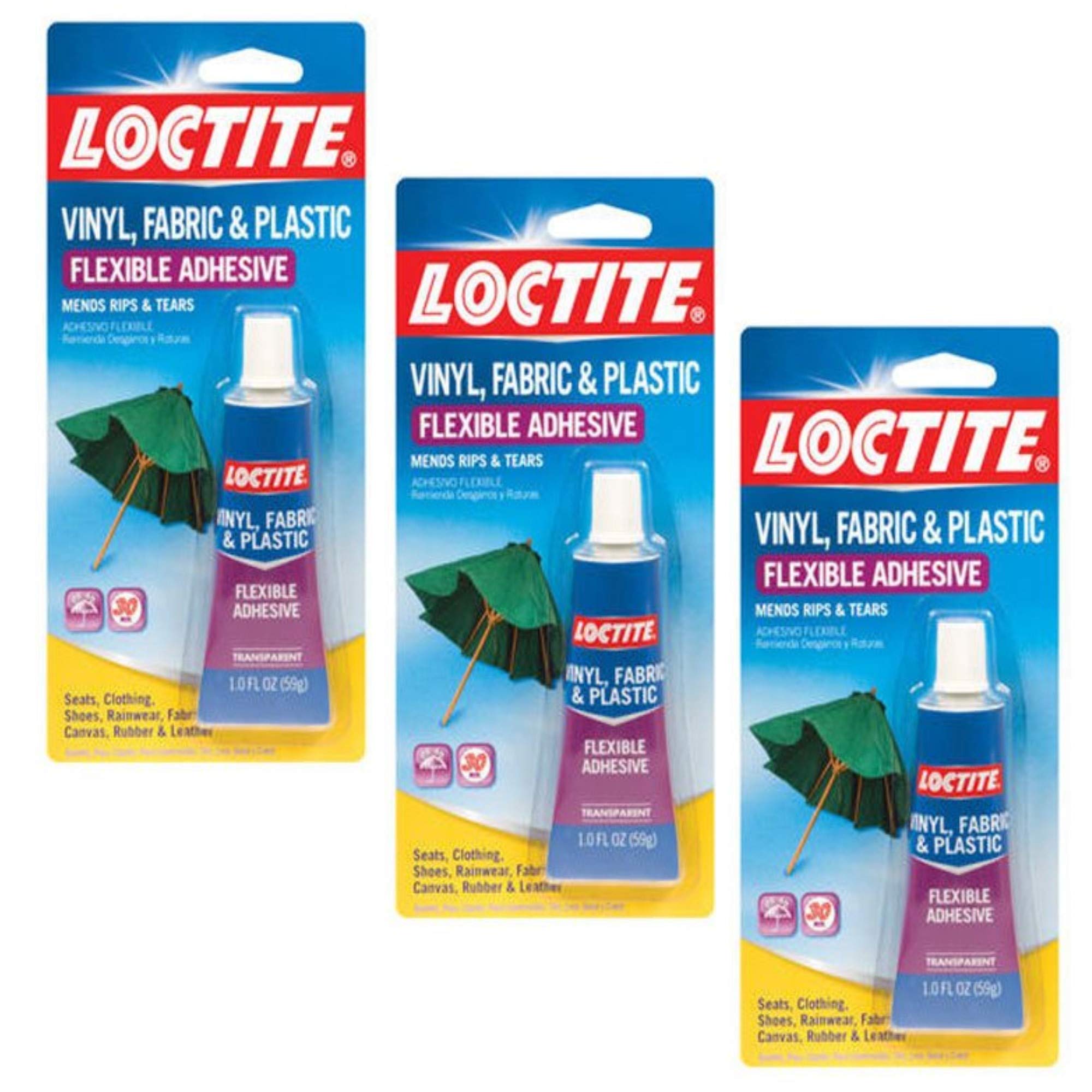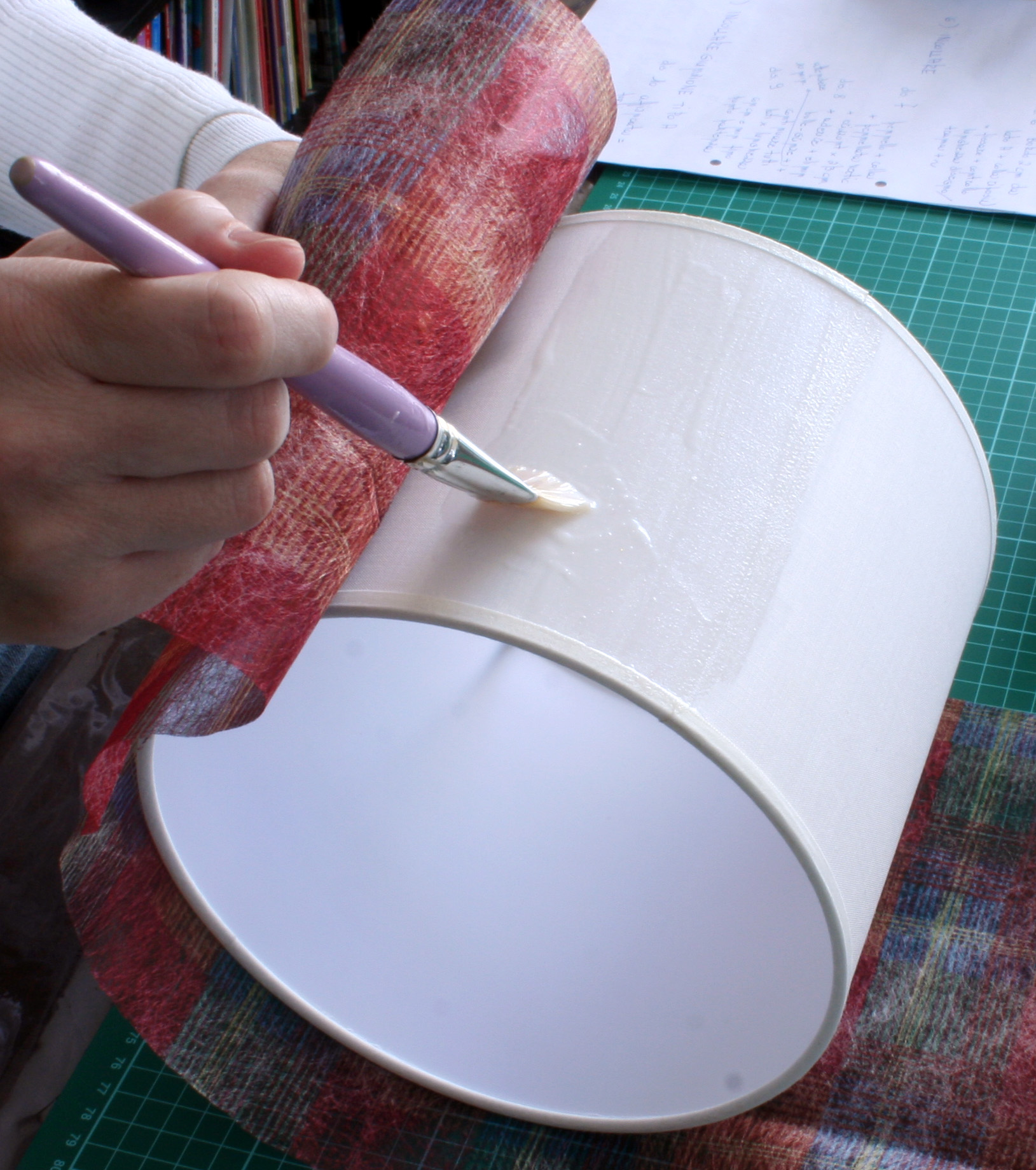Clear vinyl is a type of plastic that is often used for windows or other see-through applications. When gluing clear vinyl, it is important to use a clear adhesive so that the bond is practically invisible. Here is a step-by-step guide to gluing clear vinyl:
- Clean both surfaces that will be bonded with each other. Any dirt, grease, or other contaminants will weaken the bond.
- Apply the adhesive to one of the surfaces. Be sure to apply it in a thin, even layer.
- Place the two surfaces together and apply pressure to help the adhesive bond.
- Allow the adhesive to cure for the recommended amount of time before using the bonded vinyl.
- Store the vinyl in a cool, dry place to keep it from warping or becoming brittle over time.
What is the best glue for plastic to fabric

When it comes to gluing clear vinyl, you want to use a glue that is strong and will not cause any damage to the fabric. The best glue for this purpose is a clear vinyl adhesive. This type of adhesive is specifically designed to bond clear vinyl to fabric, and it will hold up well under stress. Apply the adhesive to both the fabric and the vinyl, then press them together firmly and hold for a few seconds. The bond should be strong enough to withstand washing and drying.
Can plastic be glued to fabric?
Yes, plastic can be glued to fabric. There are a few things to keep in mind when doing this, however.
- First, make sure that the plastic is clean and dry before attempting to glue it to the fabric.
- Second, use a strong adhesive designed specifically for bonding plastic to fabric.
- Third, allow the glue to dry completely before handling the vinyl.
- Fourth, test the vinyl before use to make sure the adhesive is strong enough.
Does Aleene’s fabric Fusion work on plastic?
It works by fusing the vinyl to the fabric, creating a strong bond. The vinyl will not peel off, and the fabric will not fray. The best part about this product is that it is clear, so it will not discolor the vinyl.
Can I use Aleene’s Tacky Glue on plastic?
Yes, you can use Aleene’s Tacky Glue on plastic. This type of glue is perfect for bonding clear vinyl to plastic because it is clear and dries quickly. To use, simply apply a thin layer of glue to both surfaces and press them together. Hold for a few seconds, then release. The bond should be strong and clear.
Does Gorilla Glue bond plastic?
It bonds well to plastic and dries clear, so it won’t ruin the look of your project. It’s also waterproof, so it’s perfect for outdoor projects.
Does hot glue work on fabric and plastic?
It dries quickly and holds well. You can use hot glue to attach vinyl to many different materials, but it works best on smooth surfaces.
Does gorilla hot glue work on fabric?
Yes, gorilla hot glue works on fabric. It’s a strong, permanent adhesive that can be used on a variety of surfaces, including vinyl. To use it, simply apply a small amount of glue to the surface and press the two pieces of fabric together. The glue will dry quickly and create a strong bond between the two pieces of fabric.
Does Gorilla Glue work on fabric?
Gorilla Glue can work on fabric, but it is not the best option for clear vinyl. For clear vinyl, we recommend using a clear glue or adhesive.
What plastics Cannot be glued?
There are many types of plastics, but not all of them can be glued. Clear vinyl is one type of plastic that can be glued, but other types, such as polyethylene and polypropylene, cannot. When choosing a glue, it’s important to make sure that it is compatible with the type of plastic you’re working with. Otherwise, the glue may not adhere properly and the joint may be weak.
Is Gorilla glue good for plastic?
Gorilla Glue is great for plastic! It’s super strong and bonds well to most surfaces. It’s also waterproof, making it ideal for bonding clear vinyl. Just make sure to clean both surfaces before applying the glue, and allow Plenty of time for the glue to dry completely before using the vinyl.
What is the strongest super glue for plastic?
The strongest super glue for plastic is typically a cyanoacrylate adhesive. This type of adhesive bonds quickly and securely to most plastics. If you’re looking for a super glue that will hold up to heavy use, a cyanoacrylate adhesive is a good option.
What is the best super glue brand for fabric?
The best super glue brand for fabric is Gorilla Glue. This glue is strong and durable, making it perfect for clear vinyl. It is also easy to use, making it a great choice for those who are new to gluing.
What are the best fabric glues?
The best fabric glues are those that are designed specifically for the material you are working with. Clear vinyl is a slippery material, so it is important to choose a glue that will provide a strong bond and hold up well over time. Some of the best options include Gorilla Glue, Super Glue, and E6000.
What is the best glue for bonding metal to plastic?
There are a few different types of glue that can be used to bond metal to plastic. Super glue is one option, but it may not hold up well over time. Epoxy glue is another option that works well and is very durable. It is important to choose the right type of glue for the project at hand.
What glue should you use to glue fabric?
When it comes to gluing clear vinyl, there are a few different types of glue that you can use. Fabric glue is one option that can work well. This type of glue is designed to adhere to fabric and other materials, making it ideal for use with vinyl. Another option is a clear vinyl adhesive, which is specifically designed for use with this type of material. Whichever type of glue you choose, be sure to test it on a small area of the vinyl before applying it to the entire surface.
How to glue fabric together

One way to glue fabric together is to use clear vinyl. To do this, first cut the vinyl into strips. Next, apply the vinyl to the fabric, using an adhesive. Once the vinyl is in place, use a roller to smooth it out. Finally, trim the excess vinyl off the edges.
Can you use regular glue on fabric?
Yes, you can use regular glue on fabric. However, it is not the best option. Regular glue can be difficult to work with and can cause the fabric to wrinkle. Clear vinyl is a better option for fabric. It is easy to work with and will not cause the fabric to wrinkle.
What is the best adhesive for fabric?
When it comes to gluing clear vinyl, you need to use an adhesive that is strong enough to hold the vinyl in place, but not so strong that it causes the vinyl to wrinkle. You also need to consider the type of fabric you are working with. Some fabrics, like cotton, are more porous and will need a stronger adhesive. Others, like polyester, are more slippery and will require a weaker adhesive. The best way to determine which adhesive to use is to experiment with different types and see which one works best for your project. You can also ask for advice from a professional at your local craft store.
How to get caulking out of fabric?
To remove caulking from fabric, follow these steps:
- Use a putty knife to scrape away as much of the caulking as possible.
- Apply a generous amount of Goo Gone to the area and let it sit for several minutes.
- Use a scrub brush to scrub away the remaining caulking.
- Rinse the area with warm water and soap to remove any residue.
- Repeat steps 2-4 as necessary.
What is the best glue for fabric to plastic

This type of glue is designed specifically for bonding clear vinyl to fabric. It is strong and durable, and will create a waterproof bond that will last.
What glue works on fabric to plastic?
There are a few types of glue that will work on fabric to plastic. Clear vinyl is a type of plastic, so any glue that is made for plastic will work on it. This includes super glue, epoxy, and acrylic glue. Just make sure to follow the instructions on the glue so that it will work properly.
Does super glue work on fabric to plastic?
Superglue can be used to attach clear vinyl to fabric or plastic. To do this, first clean the surfaces to be glued with a cloth soaked in rubbing alcohol. Next, apply a small amount of glue to one of the surfaces and press the two surfaces together. Hold the vinyl in place for a few seconds to allow the glue to set.
Does Mod Podge glue fabric to plastic?
Yes, you can use Mod Podge to glue fabric to plastic.
- First, clean the plastic surface with rubbing alcohol.
- Next, cut the fabric to the desired size and shape.
- Apply a layer of Mod Podge to the plastic surface, then place the fabric on top.
- Apply another layer of Mod Podge over the fabric, then let it dry.
Does Modge podge work for fabric and plastic?
Modge podge can be used for fabric and plastic, but it works best on porous surfaces. To glue clear vinyl, apply a thin layer of modge podge to both surfaces and let dry.
Is Gorilla Glue good for fabric?
It is also waterproof, which makes it ideal for outdoor use.
How to glue vinyl fabric

To glue clear vinyl, start by cleaning both surfaces that will be glued together with rubbing alcohol. Then, cut a piece of vinyl adhesive tape and apply it to one of the surfaces. Next, use a roller or brush to smooth out the adhesive tape. Finally, press the two surfaces together and hold them in place for 30 seconds.
What can I use to glue vinyl fabric?
You can use a variety of adhesives to glue vinyl fabric, but clear vinyl adhesives work best. Clear vinyl adhesives are designed specifically for bonding clear vinyl to other surfaces. They create a strong bond that is resistant to moisture and UV light. Clear vinyl adhesives are also easy to use and allow you to create a seamless bond between the vinyl and the surface.
What adhesive will stick to vinyl?
There are a few things to keep in mind when choosing an adhesive for clear vinyl. First, the adhesive should be clear so that it doesn’t show through the vinyl. Second, it should be strong enough to hold the vinyl in place, but not so strong that it’s difficult to remove the vinyl later if needed. Third, the adhesive should be compatible with the vinyl itself so that it doesn’t cause the vinyl to become brittle or discolored. Fourth, it should be easy to apply and spread evenly.
Fifth, it should dry quickly so that you can move on to the next step in your project. There are a few adhesives that fit these criteria, but one that is commonly used for clear vinyl is 3M Scotch-Weld Clear adhesive. This adhesive is clear, strong, and compatible with most vinyls. It is also easy to apply and dries quickly.
Does fabric glue work on vinyl fabric?
Yes, fabric glue can work on vinyl fabric. However, it is important to choose the right type of glue and to follow the instructions carefully. Otherwise, the vinyl fabric may not adhere properly or may become damaged.
Can you use Gorilla superglue on vinyl?
It’s specifically designed to bond well with clear materials, and it dries quickly so you can move on to the next step in your project. Just be sure to use it in a well-ventilated area, as the fumes can be strong.
Does Gorilla Glue work on vinyl fabric?
It can be applied to both wet and dry surfaces, and it will bond to most vinyl fabrics.
Is E6000 glue good for vinyl?
It can be used on a variety of surfaces, including glass, metal, wood, and vinyl.
Does Tear Mender work on vinyl?
It can tear easily, and once it tears, it can be difficult to repair. Tear Mender is a product that is designed to repair tears in vinyl. It is a clear, water-based adhesive that dries quickly and forms a strong bond. It can be used on all types of vinyl, including clear vinyl. To use Tear Mender, simply apply a small amount to the edges of the tear and press them together.
The adhesive will dry clear and will not yellow or crack over time. It is also safe to use on clothing, so you don’t have to worry about ruining your clothes. Tear Mender is a great product for repairing tears in vinyl. It is easy to use, dries quickly, and forms a strong bond. It can be used on all types of vinyl, including clear vinyl.
Will Super Glue work on vinyl?
It’s possible that super glue may work on some types of vinyl, but it’s not recommended. Super glue is designed to work with porous materials, and vinyl is not porous. This means that the glue will not adhere properly to the vinyl and is likely to cause damage.